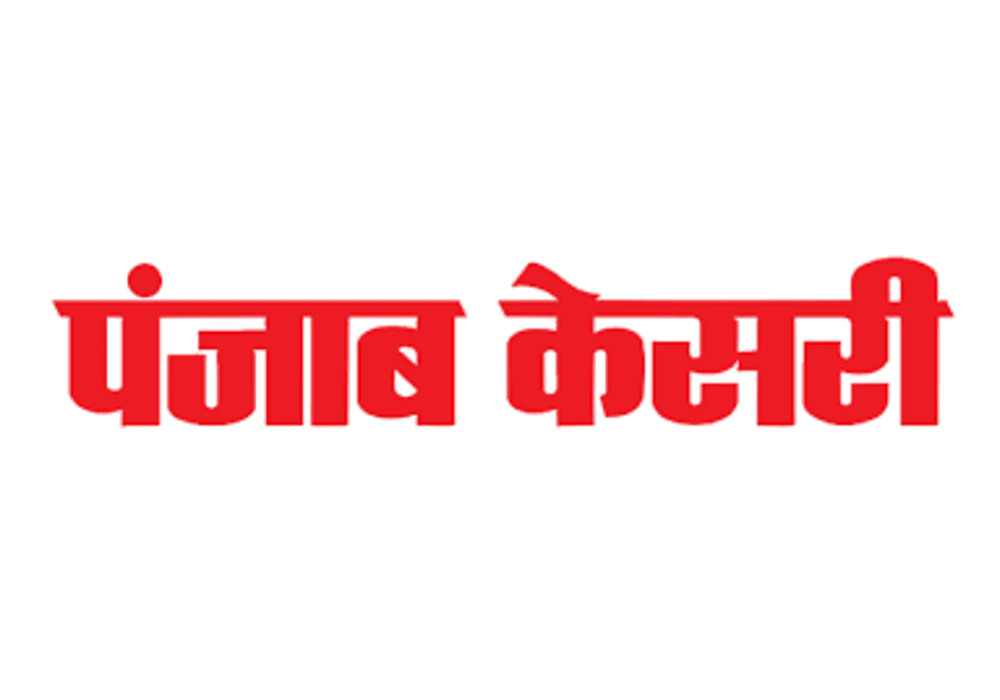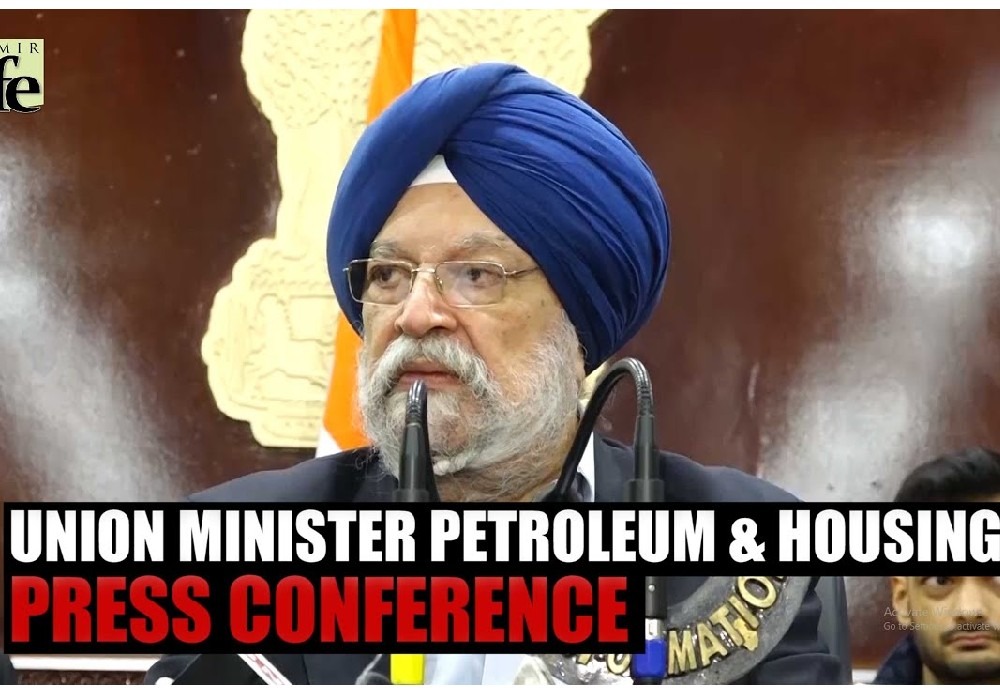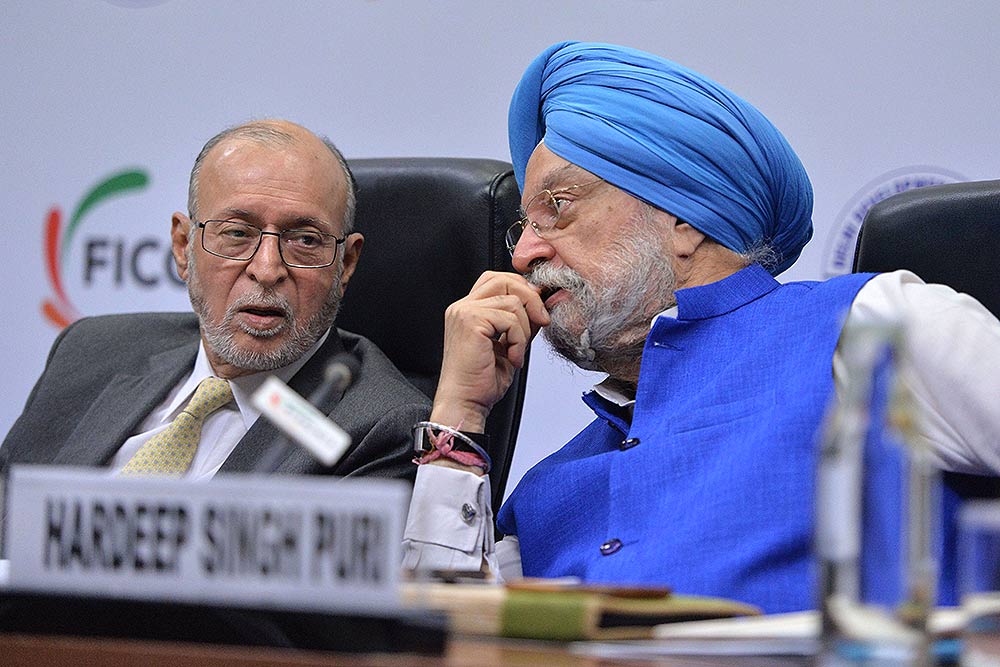On August 1, India will assume presidency of the United Nations Security Council. The last time India was at the head of the most photographed table in the world — the horse-shoe table seating all 15 members of the UNSC — was in November 2012.
Hardeep Singh Puri was fortuitously twice President of the UNSC as India’s Permanent Representative to the UN, when the country became a member of the most powerful organ of the world body after a gap of almost two decades. The UNSC presidency is a matter of alphabets: depending on the alphabetical order of the member states’ names in English, a non-permanent member like India may move to top of the world’s most influential head table more than once during its elected two-year term.
Membership of the UNSC changes annually: five new members are elected every June and five countries leave the council on the last day of each year. The presidency rotates each month in alphabetical sequence no matter whether a member country is big or small, whether it has veto power or a permanent seat.
Like the one-country-one-vote equaliser in the UN General Assembly, the UNSC presidency is a symbol of equitable distribution of diplomatic strength in the world. It is emblematic of the fairness which India has been fighting for within the UN to be extended to every organ of the world body, including permanent membership of the council.
Providentially for TS Tirumurti, the current Permanent Representative to the UN, all four countries which were elected to the council along with New Delhi last summer, have names which come after India in the English alphabet. When Tirumurti shepherded India into the UNSC in a spectacular General Assembly victory with 184 votes out of 192 that were cast, the other victors were Ireland, Kenya, Mexico and Norway. So, India will get one more chance to preside over the UNSC in December 2022, the final month of its current term.
That is also fortuitous for India. In the history of the UN, not many countries have had the luck to preside over the UNSC in the final month of its tenure. It allows a state to leave the horse-shoe table in flying colours as it were, showing its best in multilateral diplomacy. But then, national destinies are often made and unmade at the UN by chance. In 1953, India’s Vijaya Lakshmi Pandit was elected President of the UNGA.
Not even half of the UN’s current member countries have had the chance to occupy the presidency of the General Assembly. Pandit broke a formidable glass ceiling then. New Delhi has not had another opportunity since then to occupy that post although other countries have managed to become UNGA presidents more than once.
India has a new Panchsheel that will guide its UNSC presidency next month. Prime Minister Narendra Modi has appropriately summed it up as ‘India’s 5-S approach.’ The new Panchsheel is made up of samman (respect), samvaad (dialogue), sahyog (cooperation), shanti (peace) and samriddhi (prosperity). The seven-month record of India’s ongoing membership of the UNSC gives confidence that its 5-S approach will not go the way of the original Panchsheel signed between Jawaharlal Nehru and China’s first Prime Minister Zhou Enlai in 1954.
From the Ministry of External Affairs (MEA) headquarters in the national capital’s South Block, there has already been intense ‘samvaad’ with current and incoming UNSC member countries since India occupied the horse-shoe table. The MEA has had UNSC-focused consultations with counterpart foreign ministries of all such countries.
Where COVID-19 protocols permitted, senior MEA officials have travelled to foreign capitals for such structured dialogues. External Affairs Minister S Jaishankar paid a visit last month to Kenya, whose seat at the horse-shoe table is co-terminus with India’s. Another case in point is Ghana, which will enter the council on January 1. Rahul Chhabra, an MEA Secretary, travelled to Accra this month for detailed talks.
Most significantly, the first such focused consultations were in February with China, a veto-wielding permanent member. Those comprehensive consultations, on a virtual platform, were held when the two countries were still locked in a diplomatic and military stand-off in Ladakh, and relations were deteriorating all-round on other fronts. The Sino-Indian sahyog at the UN under such circumstances showed that samvaad with China on multilateral issues has been insulated from bilateral disputes.
It gives confidence that Modi’s 5-S approach at the UN is working. It is proof that India is a responsible power, which deserves a permanent seat at the horse-shoe table, of which there is better hope, now that a friendly country, the Maldives, will become president of the UNGA in September for one year. The presidency of the UNGA is critical in advancing UNSC reform. The sheet anchors of the new Panchsheel are multilateralism, rule of law and a fair and equitable international system.
If such an approach bears fruit between now and the dawn of 2023, India would have left a legacy by the time its current UNSC membership ends with its final presidency on December 31, 2022.

Synopsis Union Minister Hardeep Singh Puri stated India's commitment to an inclusive global energy future through open collaboration, highlighting the India-Middle ..

देश में एक करोड़ यात्री प्रतिदिन कर रहे हैं मेट्रो की सवारी: पुरी ..

Union Minister for Petroleum and Natural Gas and Housing and Urban Affairs, Hardeep Singh Puri addressing a press conference in ..

Joint Press Conference by Shri Hardeep Singh Puri & Dr Sudhanshu Trivedi at BJP HQ| LIVE | ISM MEDIA ..
(3).jpg)
"I wish a speedy recovery to former Prime Minister Dr Manmohan Singh Ji. God grant him good health," Puri wrote. ..